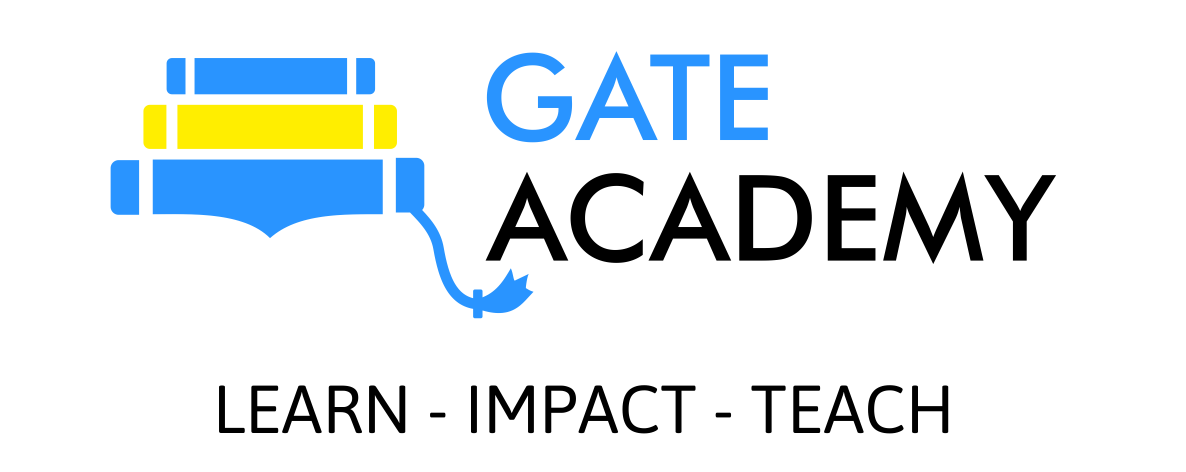Speech Sounds - /m/, /n/, /Ƞ/
Description of the /m/ Sound
- When you say the /m/ sound, your lower and upper lips make contact.
- This stops the air from going out through your mouth so that the air goes out through your nose.
- /m/ is a voiced consonant sound.
Description of the /n/ Sound
- When you say the /n/ sound, your tongue tip is raised to touch the tooth ridge.
- This stops the air from going out through your mouth so that the air goes through your nose.
- /n/ is a voiced consonant sound
Description of the /Ƞ/ Sound
- To say the /Ƞ/ sound, the back of your tongue is raised to touch the soft part of the roof of your mouth.
- This prevents air from going out through your mouth so that the air goes out through your nose.
- /Ƞ/ is also a voiced sound
- /m/, /n/, and /Ƞ/ are referred to as nasal sounds, because air goes out through the nose instead of the mouth.
Spelling of the /m/ Sound
- m as used in made, steamer, rim, timber, sum, some, dim, rum, Kim, etc.
- mm as used in committee, hammer, programme, commit, etc.
- mb as used in numb, tomb, thumb, plumber, etc.
- me as used in come, home, some, blame, etc.
- mn as used in autumn, column, hymn, solemn, etc.
Spelling of the /n/ Sound
- n as used in noun, nail, miner, sin, sun, dim, run, kin, named, numb, night, nine, kneel, etc.
- nn as used in innocent, winner, connect, Hannah, etc.
- gn as used in gnaws, gnash, reign, etc.
- kn as used in know, knight, knead, etc.
- pn as used in pneumonia, pneumatic, pneumonic, etc.
Spelling of the /Ƞ/ Sound
- ng as used in ring, tongue, king, longing, length, strength, etc.
- n + (k or g) as used in drink, anchor, bangle, conquer, uncle, anxious, singer, sung, ding, rung, king
